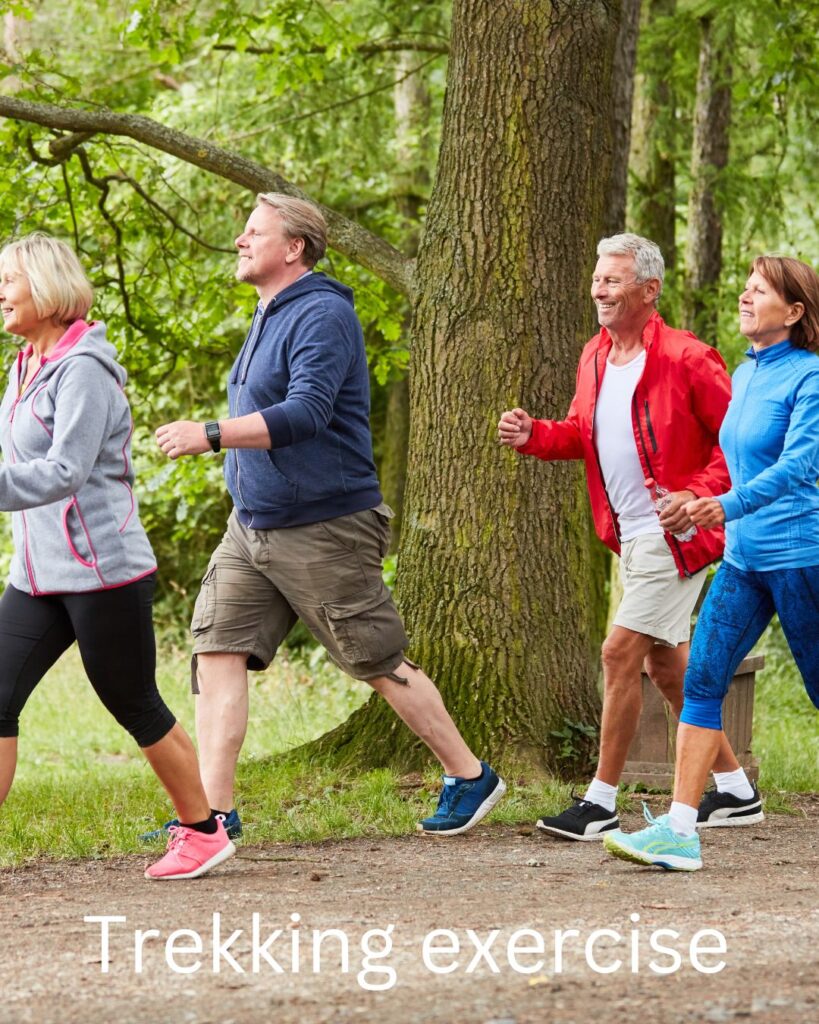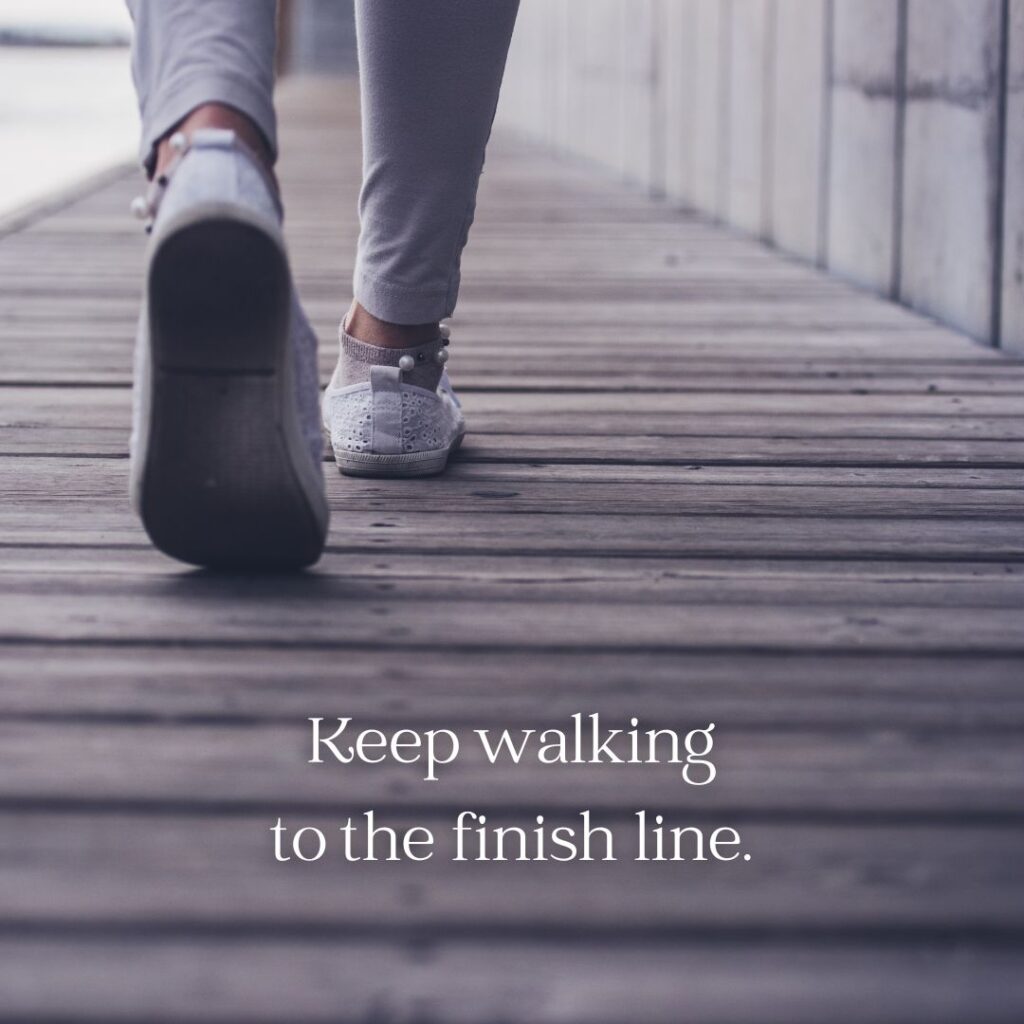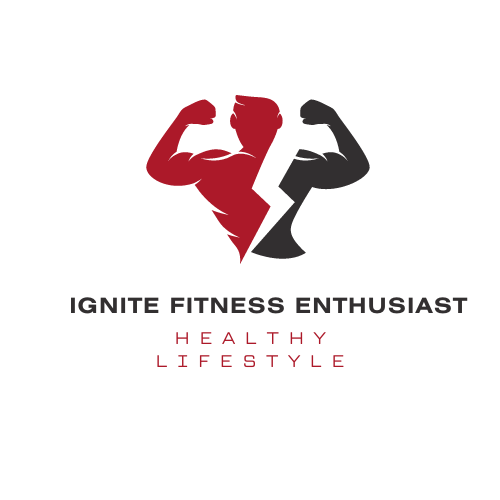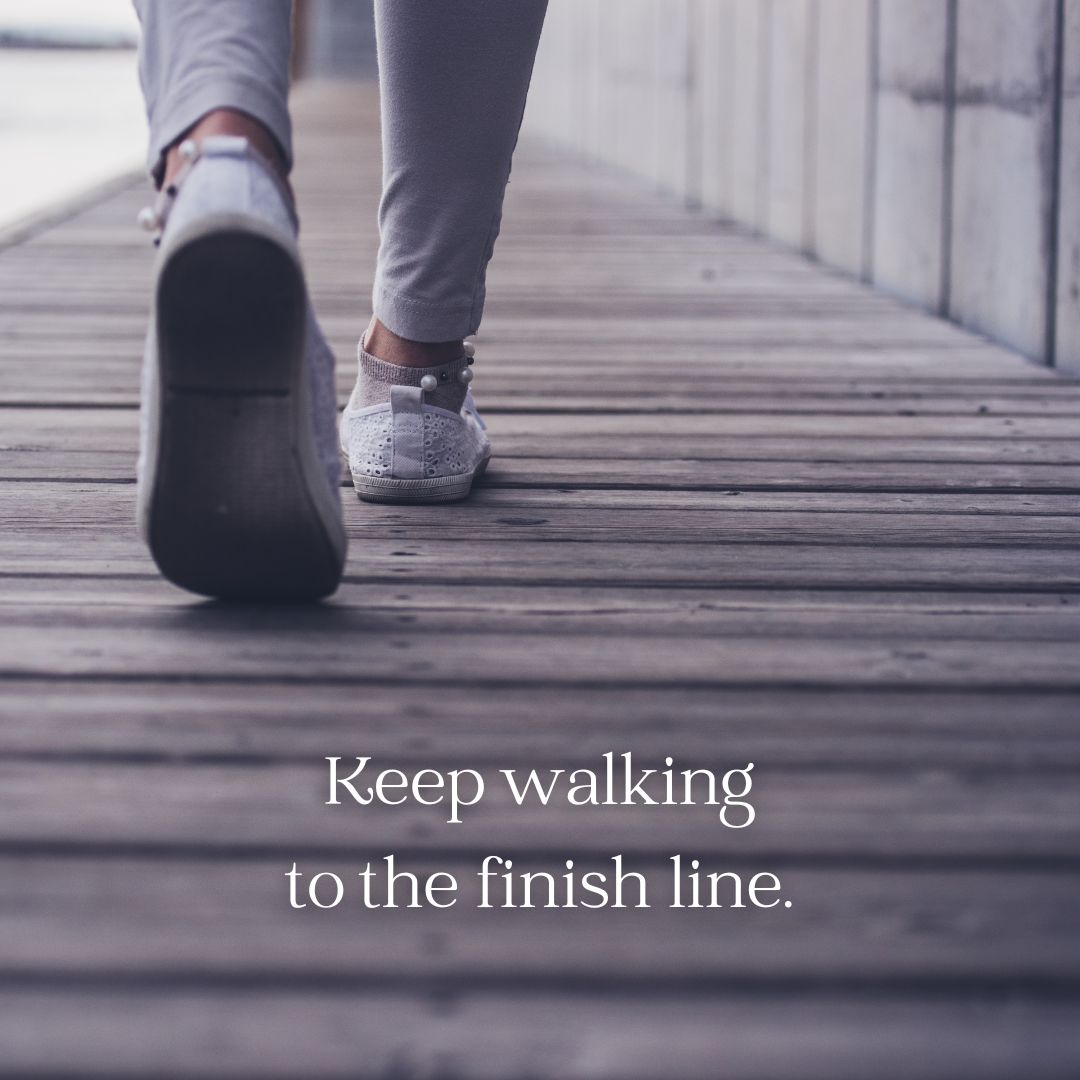Table of Contents
This is one of the most natural forms of exercise and an excellent option for low-impact rehabilitation. Whether you’re recovering from an injury, surgery, or managing a chronic condition, walking offers numerous benefits, including improved circulation, enhanced cardiovascular health, and increased mobility. Best of all, it’s easy to tailor walking to your individual rehab needs.
In this article, we’ll dive deeper into why trekking as a benefit for rehap which is an effective rehab exercise, and we’ll explore the benefits of both treadmill and outdoor walking. Links to relevant resources are provided to enhance your recovery experience.
Obtain benefits for rehab

Treadmill or Outdoors: A Versatile Low-Impact Rehab Exercise
One of the best low-impact rehabilitation exercises is walking. It is is also one of the most natural types of exercise. Trekking has many advantages, such as better circulation, improved cardiovascular health, and increased mobility, whether you’re recovering from surgery or an injury or managing a chronic condition. The best part is that it’s simple to modify to meet your unique rehabilitation requirements.
Whether you enjoy the variety of outdoor landscape or the constant pace of a treadmill, let’s examine why walking is such a successful alternative.
Benefits
- Low Joint Impact:
Walking is of the low-impact workouts which is a weight-bearing exercise that strengthens bones, muscles, and joints without placing excessive strain on them. Unlike running, which can be harsh on the knees and hips, walking maintains your joint mobility while allowing you to avoid high-impact forces. https://chatgpt.com/c/483cbb54-f22a-438a-bdb8-e42d5eb50431#:~:text=low%2Dimpact%20exercises%20for%20joint%20health. - Improves Cardiovascular Health:
Walking helps increase your heart rate, improving cardiovascular fitness over time. This boost in circulation also aids in the healing process by delivering oxygen and nutrients to injured tissues.https://chatgpt.com/c/483cbb54-f22a-438a-bdb8-e42d5eb50431#:~:text=Check%20out%20this-,guide%20on%20heart%2Dhealthy%20walking,-from%20the%20American - Increases Muscle Strength and Flexibility:
By walking regularly, which has health benefits for rehab, you can strengthen the muscles around injured or weakened areas, promoting stability and reducing the risk of future injury. Walking also helps stretch tight muscles, increasing flexibility and range of motion. - Promotes Mental Well-Being:
Incorporating walking into your rehab routine isn’t just about physical recovery—it’s also about mental health. Walking outdoors, in particular, can reduce stress, boost mood, and provide a sense of accomplishment.https://chatgpt.com/c/483cbb54-f22a-438a-bdb8-e42d5eb50431#:~:text=more%20about%20the-,mental%20health%20benefits%20of%20walking%20in%20nature,-.
Outdoors Trekking
Why Choose Outdoors?
Trekking outdoors which has immense benefits for rehab has its own set of advantages, particularly for those who enjoy a change of scenery and the fresh air. Outdoor walking exposes you to varied terrains, such as grass, gravel, or concrete, which can help with balance and coordination. The natural environment also adds a mental health component—being outdoors in nature can reduce stress and increase feelings of well-being.
How to Get Started:
- Choose a Flat, Even Surface: Start on flat terrain, such as a paved path or sidewalk, to minimize the risk of tripping or overworking your muscles during the early stages of recovery.
- Take it Slow: Just as with treadmill walking, start with shorter distances and slower speeds. Aim for 10-20 minutes, adjusting as needed based on how your body feels.
- Mind Your Footwear: Proper footwear is crucial for outdoor walking. Make sure you’re wearing supportive shoes with good arch support and cushioning to reduce impact on your joints.
- Stay Hydrated and Protected: Don’t forget to bring water and dress appropriately for the weather. Wear sunscreen if you’re walking during daylight hours, and layer up during colder seasons.
- Engage Your Core: Pay attention to your posture just as you would on a treadmill. Keep your core muscles engaged, walk tall, and let your arms swing naturally for balance.
Pro Tip: trekking on softer surfaces like grass or dirt paths can reduce the impact on your joints compared to harder surfaces like concrete. This is especially helpful for people with joint issues or during the later stages of rehab.

Obtain the benefits for rehab on a Treadmill
Why Choose a Treadmill?
A treadmill offers a controlled environment that’s especially useful during the early stages of rehab. You can control the speed, incline, and duration of your walk, allowing for gradual progression in a safe setting. Plus, the cushioned surface of the treadmill can reduce the impact on sensitive joints, making it easier for people with knee, hip, or lower back issues.
How to Get Started:
- Start Slowly: Begin with short walks at a low speed. A starting point could be 10-15 minutes at a speed of 2-2.5 mph.
- Monitor Your Posture: Ensure you’re walking with proper posture—head up, shoulders relaxed, and core engaged. This will help prevent unnecessary strain on your neck, back, or legs.
- Use the Handrails Sparingly: Handrails can help with balance, but avoid relying on them too much. Instead, focus on walking with a natural arm swing to maintain proper form.
- Gradually Increase Intensity: As you grow stronger, you can add a slight incline (1-2%) to mimic walking uphill and increase the intensity without increasing speed too drastically.
Pro Tip: To add variety without increasing strain, try interval walking on the treadmill. Alternate between short bursts of slightly faster walking and slower recovery phases to gently challenge your body.
Image Suggestion: A close-up of a person walking confidently on a treadmill, with a focus on their posture and relaxed hand placement.
Treadmill vs. Outdoor Trekking: Which is Right for You?
Choosing between a treadmill and outdoor walking comes down to your personal preference and rehab needs:
- Treadmill: Best for controlled environments, early stages of rehab, and individuals who prefer precise control over their workout intensity and duration. It’s especially useful for those dealing with joint or balance issues.
- Outdoor Ideal for those who enjoy fresh air, varied scenery, and a more natural walking experience. The varied terrain can help challenge your balance and coordination as you progress through rehab.
These products align well with the rehab and they offer real value as you progress through the recovery journey.
1. Treadmills,
A treadmill is a core component for rehab walking at home. Promote reliable, easy-to-use treadmills suited for all fitness levels.
2. Shoes which allows one to enjoy the benefits of walking for rehab
Comfortable and supportive shoes are crucial for both treadmill and outdoor walking.
3. Resistance Bands
Resistance bands help with flexibility and strength training during rehab.
4. Fitness Tracker
A fitness tracker can help readers monitor their progress, track steps, and set goals.
5. Water Bottles
Staying hydrated is essential during rehab, especially for outdoor walking.
6. Cushioned Floor Mats
For readers practicing low-impact exercises like yoga or stretching as part of their rehab, a cushioned mat will be helpful.
7. Compression Socks
Compression socks help improve circulation during recovery.
8. Knee Support Braces
For readers with knee issues, recommending knee support braces can be beneficial.
9. Sun Protection
For those Trekking outdoors, sun protection is a must..
10. Massage Gun
For post-trekking recovery, a massage gun can help relieve muscle tension and soreness..
Clich here for more rehap workout.

